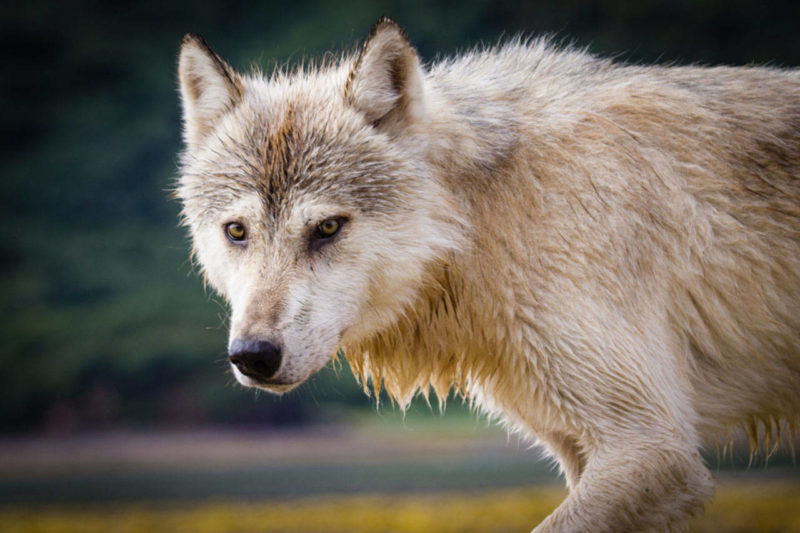The number of wolves in Washington state increased by 22 per cent, marking the 12th year in a row the wolf population has grown, according to a recently released annual report.
Each year, the Washington State Department of Fish and Wildlife releases a report on wolf recovery statewide. As of Dec. 31, 2020, there were at least 132 wolves in 24 packs in areas of the state managed by the department, and 46 wolves reported on the Confederated Tribes of the Colville Reservation. In 2019, there were 108 wolves in 21 packs. Most of the packs are concentrated in northeast counties in Washington state.
Packs exist across the Cascades in Kittitas County. So far, no known packs have been established in King County, although there have been wolf sightings. Some experts expect to see packs emerge west of the Cascades in coming years.
Washington’s wolves were essentially wiped out in the 1930s, but in 2008, the first pack re-emerged as wolves naturally migrated down from Canada. Since then, wolves have been increasing statewide.
Gray wolves have been listed under the Endangered Species Act in Washington state since 1973. In 2011, the U.S. Fish and Wildlife Service ended federal protection for wolves in the eastern third of the state, but kept protection in the rest of the state. Wolves were delisted entirely by the federal government this January. However, under state law, wolves are protected statewide, regardless of federal classification.
Of the 132 wolves and 24 packs on state Department of Fish and Wildlife land, and the 46 wolves and five packs on the Colville Reservation, pack sizes range in size from two to 13. Most packs had at least three to six wolves.
Four new packs formed in 2020, including the Navarre Pack in Okanogan County, the Vulcan Pack in Ferry County, and the Onion Creek Pack in Stevens County. Wolves also re-established in the area formerly occupied by the Skookum Pack in Pend Oreille County.
Throughout the year there were 16 documented wolf deaths, including three that were killed by the state in response to wolf-caused livestock conflict. Eight of the 16 wolves were harvested by tribal hunters. One was killed by a vehicle, and two died of natural causes. Another was shot due to being a perceived threat to people, and one died of unknown causes, according to the Department of Fish and Wildlife.
State investigators confirmed that nine cattle were killed by wolves last year. Another 30 cattle and one herding dog were injured by wolves. Three calves were killed and two were injured by wolves. Seven packs were involved in at least one livestock kill, while 76% of the known packs were not involved in any livestock depredation.
Last year, the state Department of Fish and Wildlife spent a total of $1.55 million on wolf management activities.
Plan your future adventures throughout the West Coast at westcoasttraveller.com and follow us on Facebook and Instagram @thewestcoasttraveller. And for the top West Coast Travel stories of the week delivered right to your inbox, sign up for our weekly Armchair Traveller newsletter!











 Heiltsuk Nation buys historic Shearwater Resort and Marina
Heiltsuk Nation buys historic Shearwater Resort and Marina